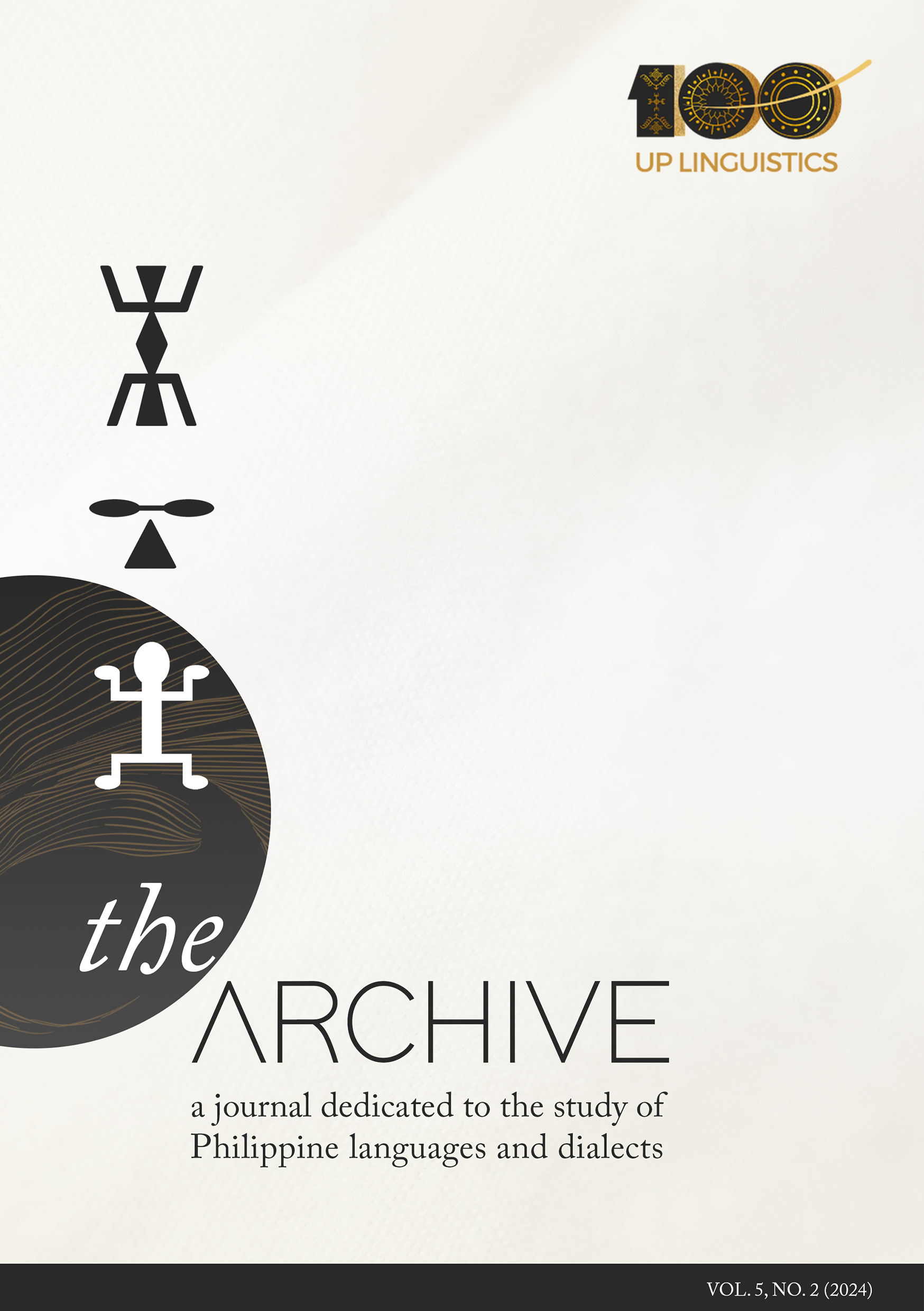Using Taglish as the Language of Instruction
K-3 Teachers’ Experiences in the New Normal
Abstract
MTB-MLE involves the implementation of local languages as the language of instruction (LOI) in kindergarten to grade three, along with the official languages, which are Filipino and English, being introduced as the LOI after grade three. However, in most schools where diverse native languages are used by the learners, a lingua franca is seen as the alternative LOI rather than the learners’ mother tongue (Ponce &Lucas,2021). Along this line, this phenomenological study aimed to describe the experiences of K-3 teachers who use Taglish as an LOI in the new normal. Also, the current study specifically intended to analyze the advantages and disadvantages of using Taglish as well as problems and challenges encountered by K-3 teachers during online classes. The respondents of the study were composed of three K-3 teachers who were teaching MAPEH and RS subjects at a private institution in Cotabato City in the academic year 2021–2022. Open-ended interview questions were utilized to collect the data, which were analyzed using thematic analysis. The findings showed that teacher participants confirmed the positive results of using Taglish as an LOI during online class discussions. In addition, it revealed that learners find it easy to express themselves whenever they are allowed to use Taglish. Moreover, teacher participants also encountered challenges, such as difficulty in translating word-by-word terminologies. Finally, this study further suggests a need to investigate related studies in facilitating Taglish as LOI without jeopardizing the idea behind MTB-MLE policy, which is the use of local languages as LOI.


